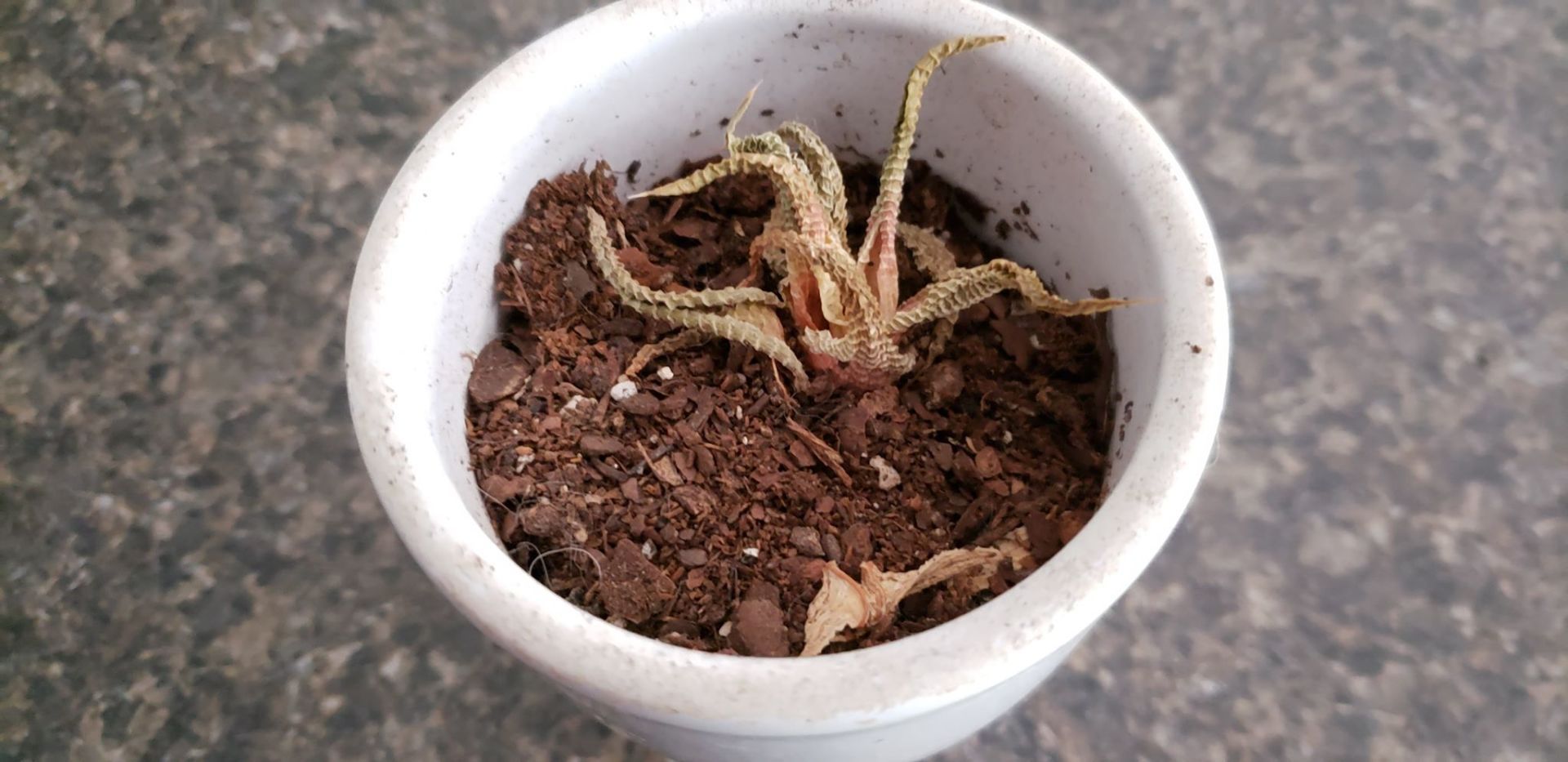Y’all, I can’t even keep my succulent alive. Can you imagine the pressures of a farmer… responsible for acres of crops to feed and clothing an entire planet?!
Jenny Phillips, Marketing • May 12, 2020

2020 has been extremely frustrating for most of us as COVID19 has disrupted the norms of our daily lives. We have learned a lot from each other, gained a lot of new perspectives, laughed… cried. But as I look at my crispy succulent, I realize that a lot of my frustrations and concerns pale into comparison to what our farmers and ranchers are dealing with across the country. This is their livelihood, families and traditions that are at stake. So…
- while you are scoffing at increasing prices of groceries a vegetable farmer is destroying his crops from lack of demand from restaurants.
- while you are limited on buying your milk at the store a dairy farmer is forced to dump thousands of gallons of fresh milk into manure pits.
- while you are disappointed at not being able to eat your usual Wendy’s cheeseburger a cattle farmer is suffering from what is estimated to be a predicted industry loss of 13.6 billion.
- while you are missing your favorite restaurant’s homemade cut fries a potato farmer is dumping his crop.
- while you are aggravated that you can’t go on your vacation with such cheap gas prices, a corn farmer suffers from ethanol plant shutdowns.
- while you miss perusing the retail racks for a new outfit, a cotton farmer worries about the textile industry and exports and is forced to plant less acres.
- while you realize you forgot bacon on your grocery list and have to make that extra trip a hog farmer is battling with issues of market prices being down by 50%.
- while you are feeling tired of being cooped up inside many farmers are facing bankruptcy and losing everything that they’ve worked generations for.
Farmers already have so many pressures that they work against on a daily basis: choosing the right inputs and equipment, unpredictable Mother Nature, political and social issues… As a former big city girl (that still can’t manage to keep her plants alive), I have much respect for the men and women that are the backbone of this great nation. I am proud to work for a company that provides the nutrition needed to help crops thrive and make growers successful during such an unprecedented time.
Much respect to our men and women in our agriculture.
DEUTERONOMY 28:8
The LORD will send a blessing on your barns and on everything you put your hand to. The LORD your God will bless you in the land.

We are at the point in the year where things are slowing down around the farm and it is time to reflect on the season to remind ourselves what we learned. Over the last couple of weeks, the District Sales Managers and I have spent some time reflecting on what worked well in the field and the challenges we faced too. Here are the top 5 things we learned from 2024 growing season: #1 Split applying Nitrogen and Sulfur is a practice that should be embraced on a yearly basis when growing corn. Do you remember how the planting season started and what happened in the first 60 days after the planters started rolling? Our field conditions started out dry with some areas of the corn belt showing up on the drought map. Then mother nature blessed us with rain that never stopped in some areas making it difficult to finish planting. Growers that had split applied their Nitrogen and Sulfur were able to avoid nutrient loss from the rain but also apply the nutrients when the crop needed it most. In the end yield was better on split applied nitrogen fields compared to fields that had all the N applied in the fall or spring before planting. #2 For the past 2 seasons in the North region, we have seen the benefits of adding NACHURS Humi-Flex FA to the in-furrow starter fertilizer. NACHURS Humi-Flex FA is our fulvic acid and it is becoming a valuable component in our starter fertilizer for many reasons. We are using it to chelate the nutrients in the starter fertilizer especially phosphorus. Humi-Flex FA also buffers the soil pH to neutral in that nutrient band keeping nutrients available in fields that have less then optimal pH for crop growth. Finally, we use Humi-Flex FA to create a healthy soil microbiome that leads to more root mass and nutrient uptake. #3 Nutrient uptake charts for corn and soybeans have been a great tool for our team to help our customers visualize the crops nutrient needs based on timing during the growing season.











